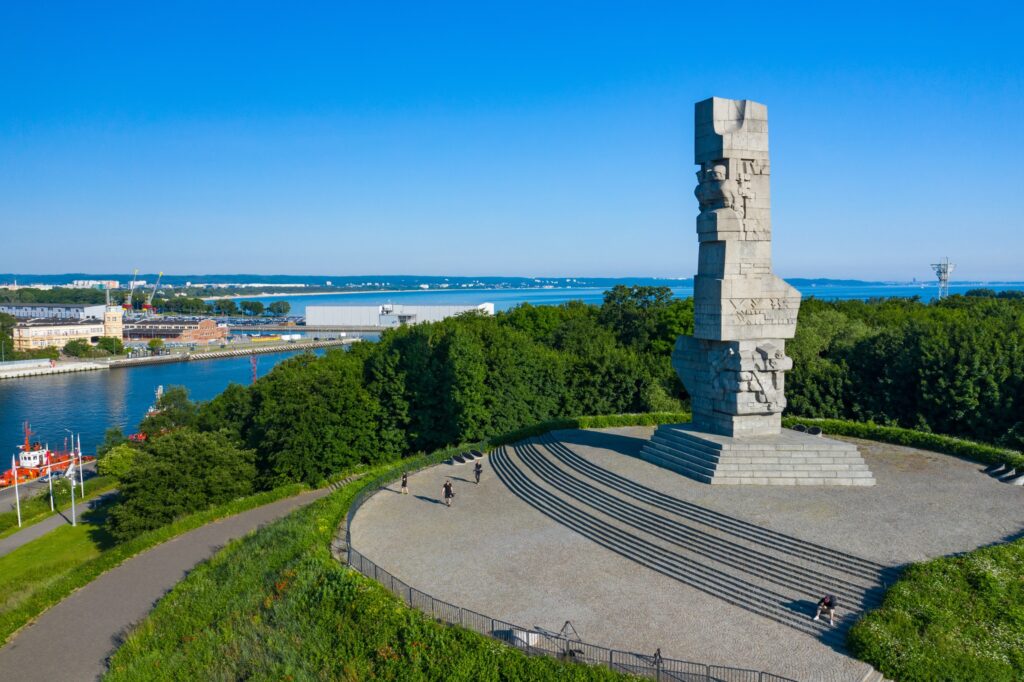Westerplatte – The Historic Site of the First Battle of World War II
Westerplatte is a small peninsula near the Polish city of Gdańsk that achieved international fame as the site of the first major battle of World War II. The Battle of Westerplatte was fought between the German Wehrmacht and the Polish Garrison, from the 1st of September 1939 to the 7th of September 1939. The battle is remembered for its importance in the early stages of World War II and its symbolism of Polish resistance to the German invasion.
History of Westerplatte
Westerplatte was part of the Free City of Danzig until the German invasion in 1939. It was chosen as the site of a Polish Military Transit Depot in 1923, when Poland regained its independence. The depot was armed with a small garrison and was designed to defend the Polish border if necessary.
On the 1st of September 1939, German forces invaded Poland, beginning with an attack on Westerplatte. The garrison was outnumbered and outgunned, but managed to hold off the German forces for seven days, before finally surrendering on the 7th of September.
The Battle of Westerplatte
The Battle of Westerplatte was one of the most significant events of the early days of World War II. The Polish garrison was made up of fewer than 180 soldiers and was heavily outnumbered by the German forces. Despite being outgunned, the Polish forces managed to hold off the German assault for seven days, until they were finally forced to surrender.
The battle is remembered for its importance in the early stages of World War II and its symbolism of Polish resistance to the German invasion. The bravery of the Polish forces in the face of overwhelming odds has become a symbol of Polish national identity and is remembered to this day.
Westerplatte Today
Today, Westerplatte is a popular tourist attraction, visited by thousands of people each year. The peninsula is now a national monument and is home to a museum and memorial dedicated to the Battle of Westerplatte. The museum contains exhibits on the battle and the history of the area, as well as a memorial to the fallen Polish soldiers.
Visitors can also explore the remains of the fortifications that were used by the Polish Garrison during the battle. There is also a cemetery for the fallen soldiers and a monument dedicated to the defenders of Westerplatte.
Conclusion
Westerplatte is an important historical site, remembered for its role in the early stages of World War II. The bravery of the Polish garrison during the Battle of Westerplatte has become a symbol of Polish national identity and is remembered to this day. Today, the peninsula is a popular tourist destination and a national monument, home to a museum and memorial dedicated to the battle.

